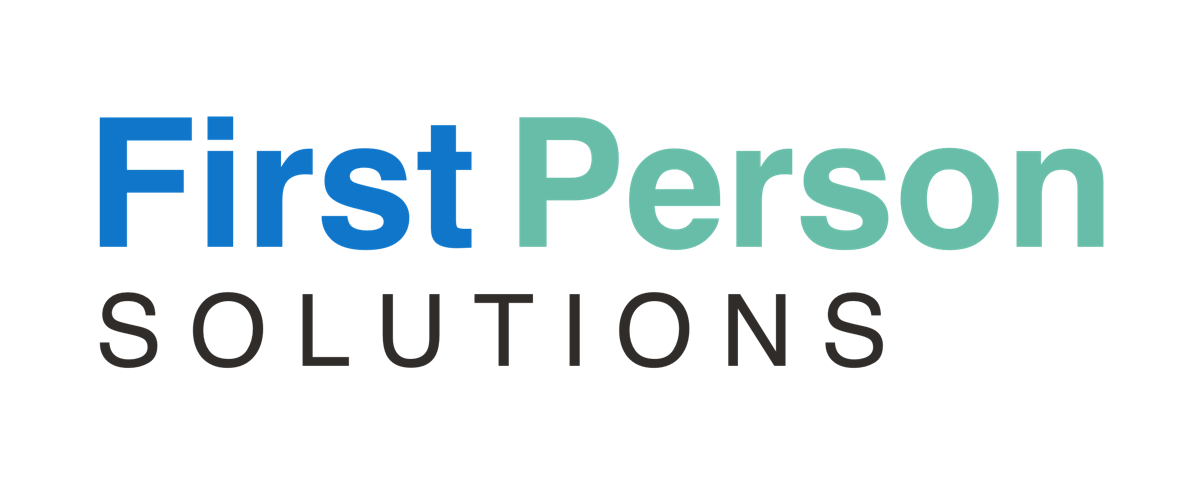White Paper
Thimerosal and Resonant Molecular Signaling
A long history of widespread use, safety, and effectiveness
Thimerosal was first patented nearly a century ago in 1927 by Morris Kharasch, a chemist at the University of Maryland [1]. Eli Lilly, the pharmaceutical company, later marketed the compound under the trade name Merthiolate.[2]
It was used extensively by consumers and in hospitals as an antiseptic to kill bacteria and fungi in multiple formulations such as disinfectant creams, jellies, ointments, and sprays. Thimerosal was also widely formulated into nasal sprays, eye drops, contact lens solutions, immunoglobulins, and vaccines as a preservative.
If you don’t see this in a new window,
check your browser’s downloads.
